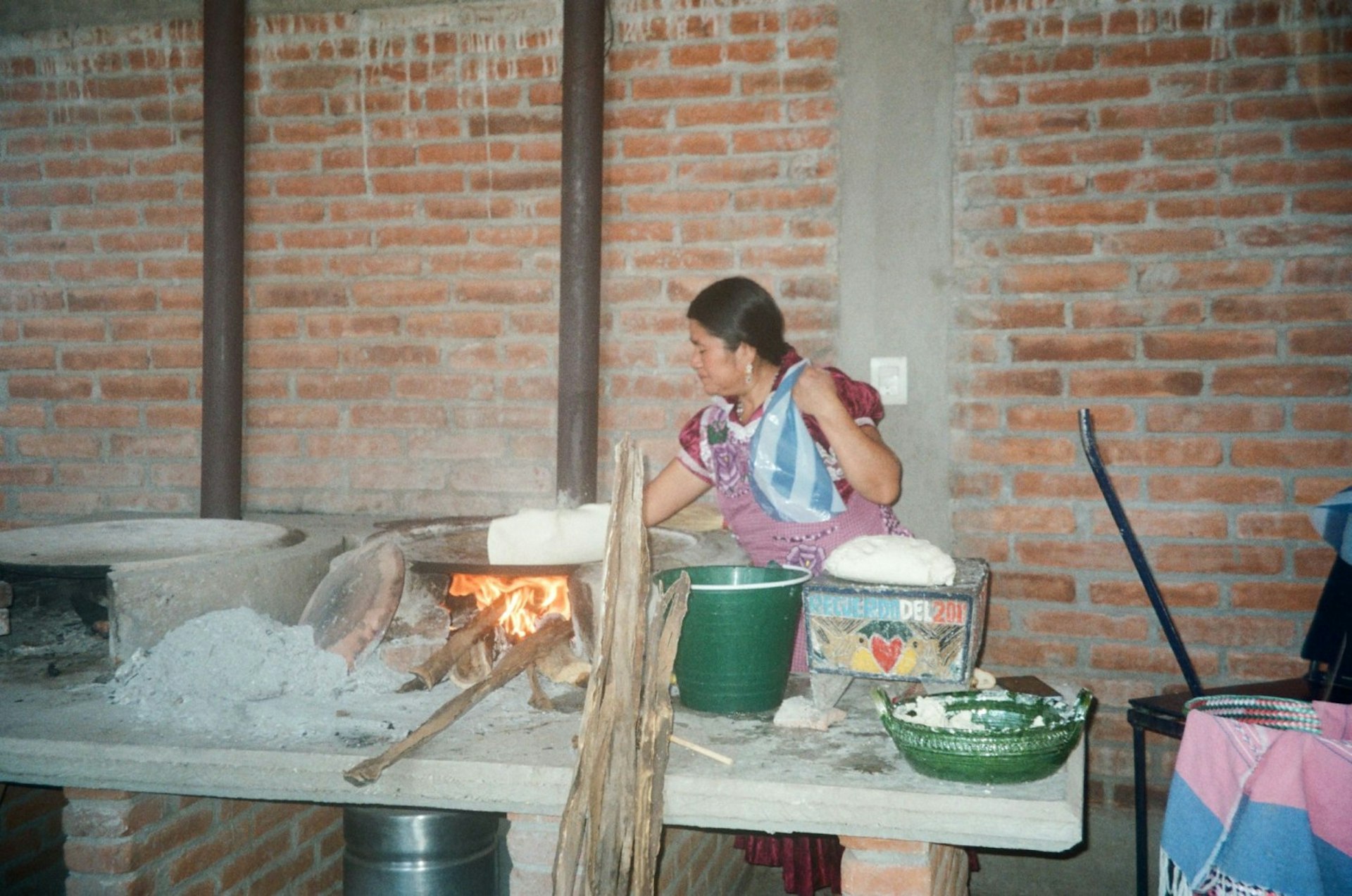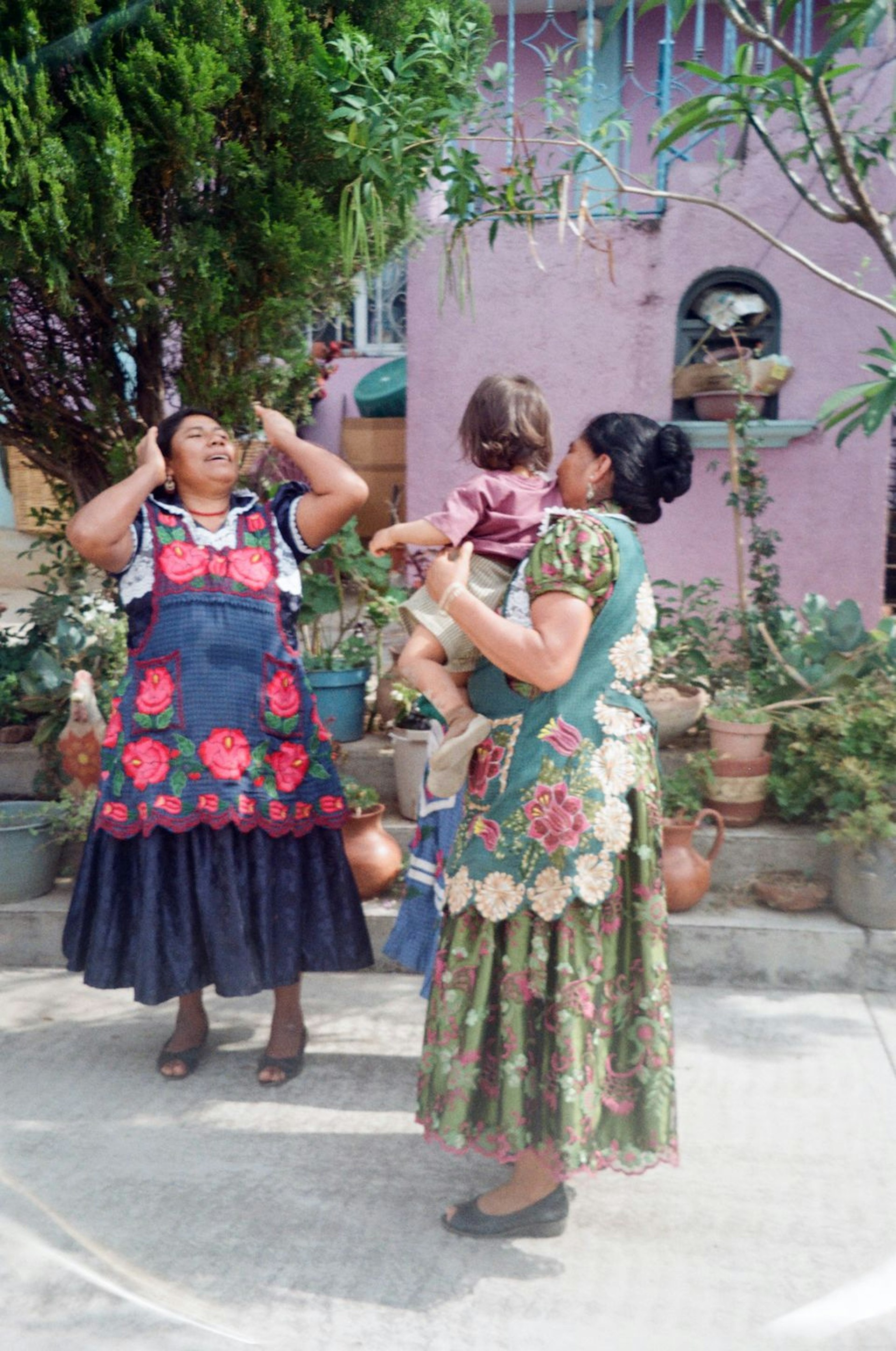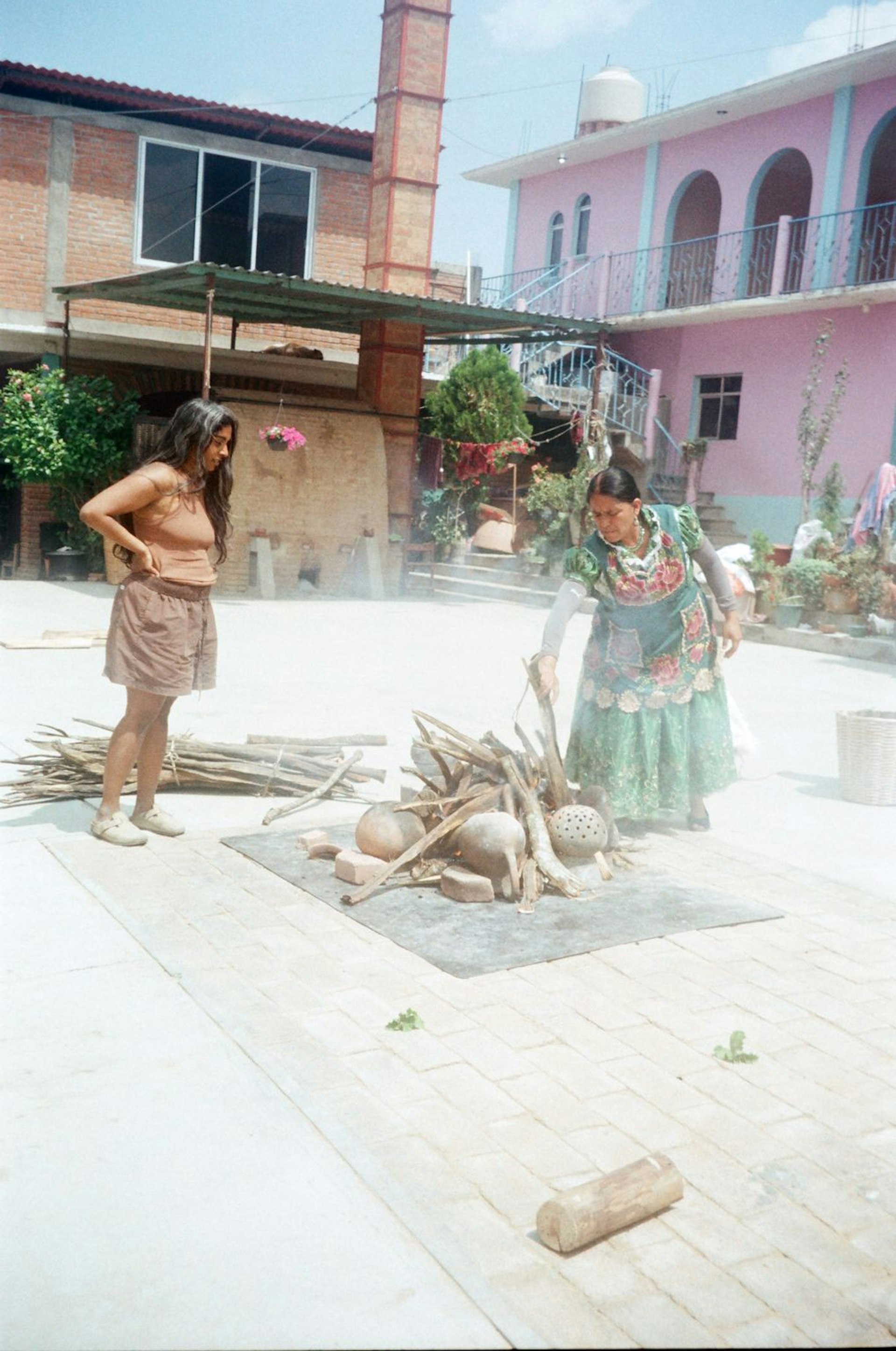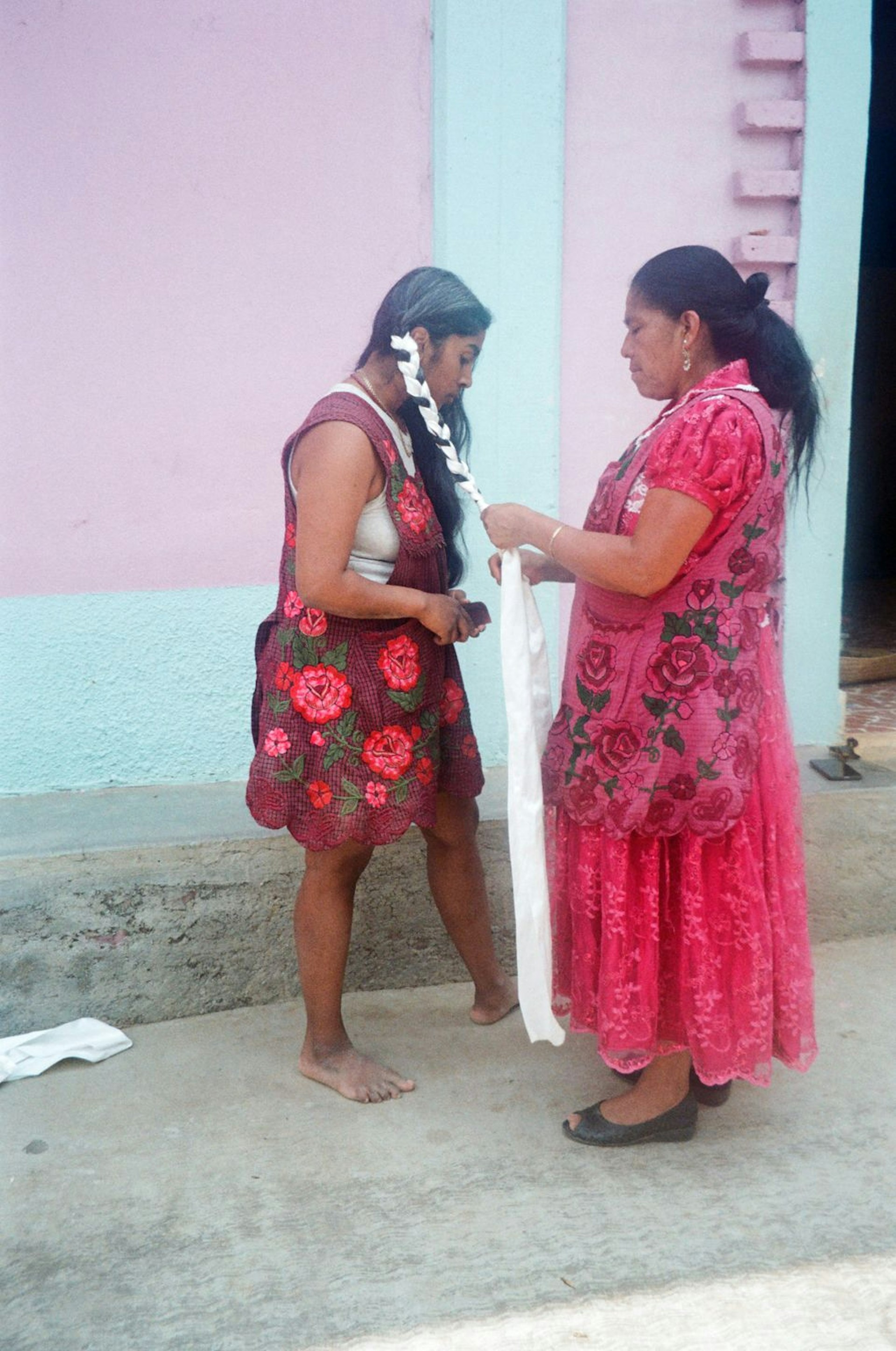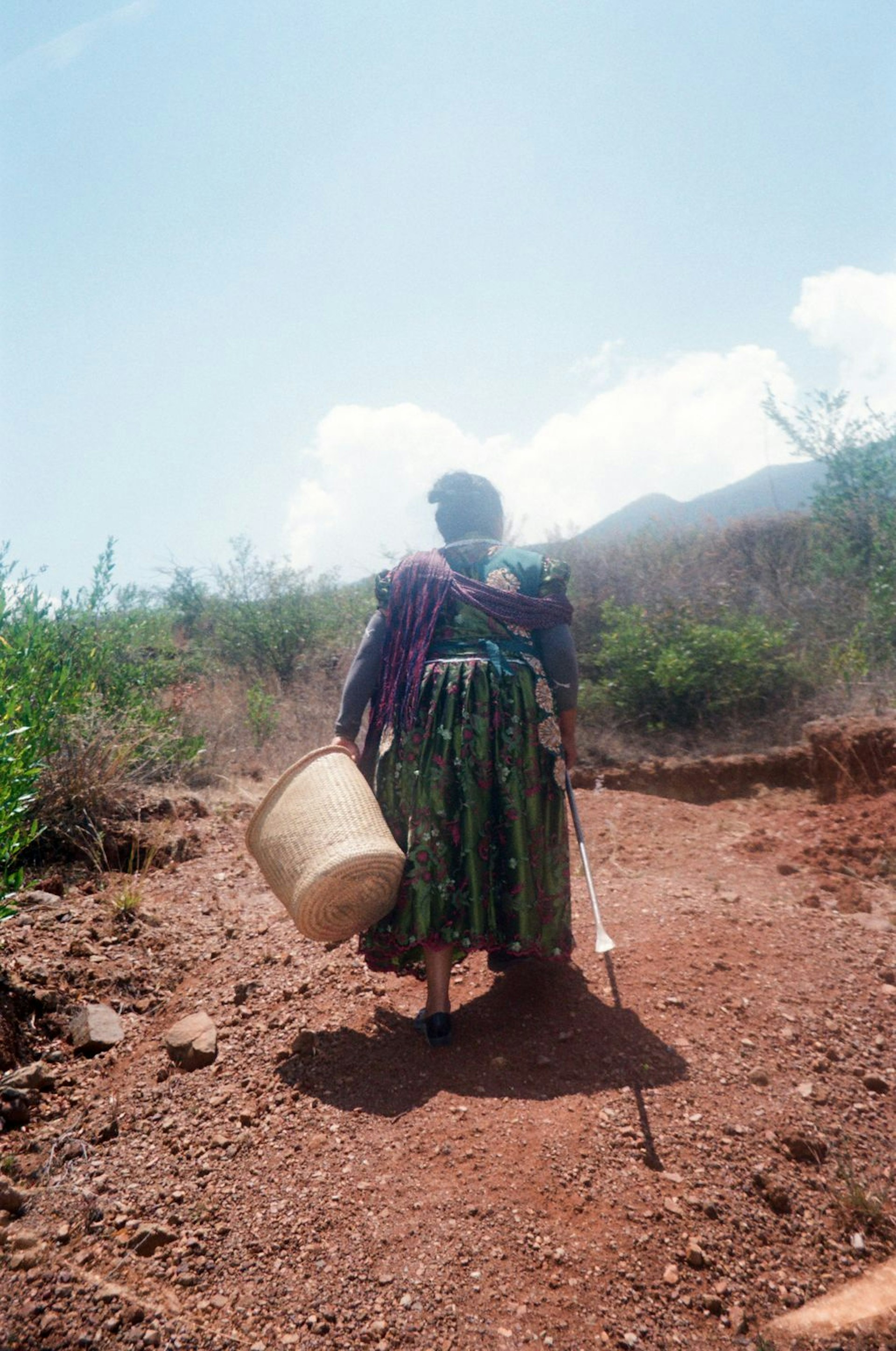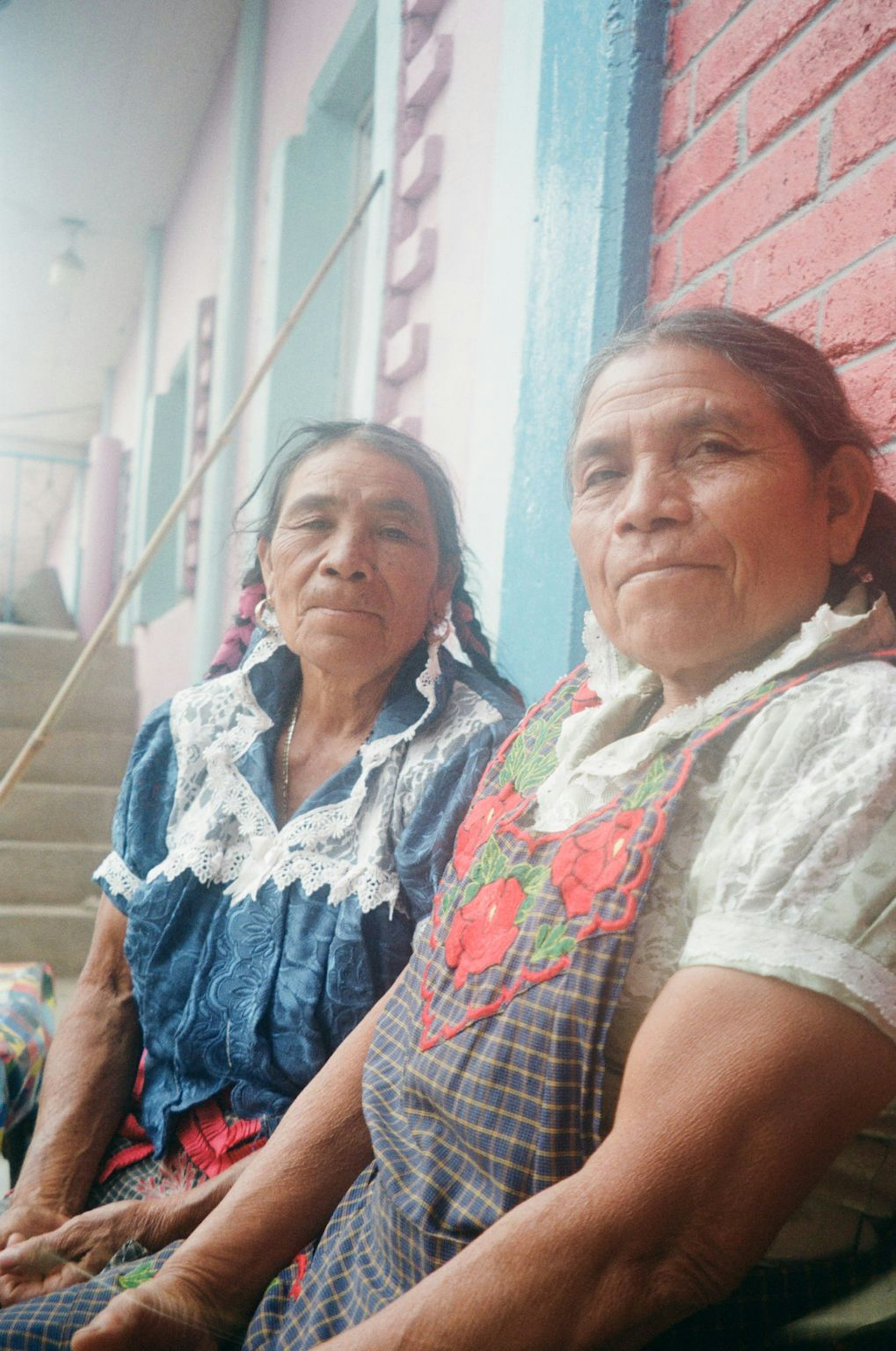September 25, 2025
Living with the Potters of Oaxaca
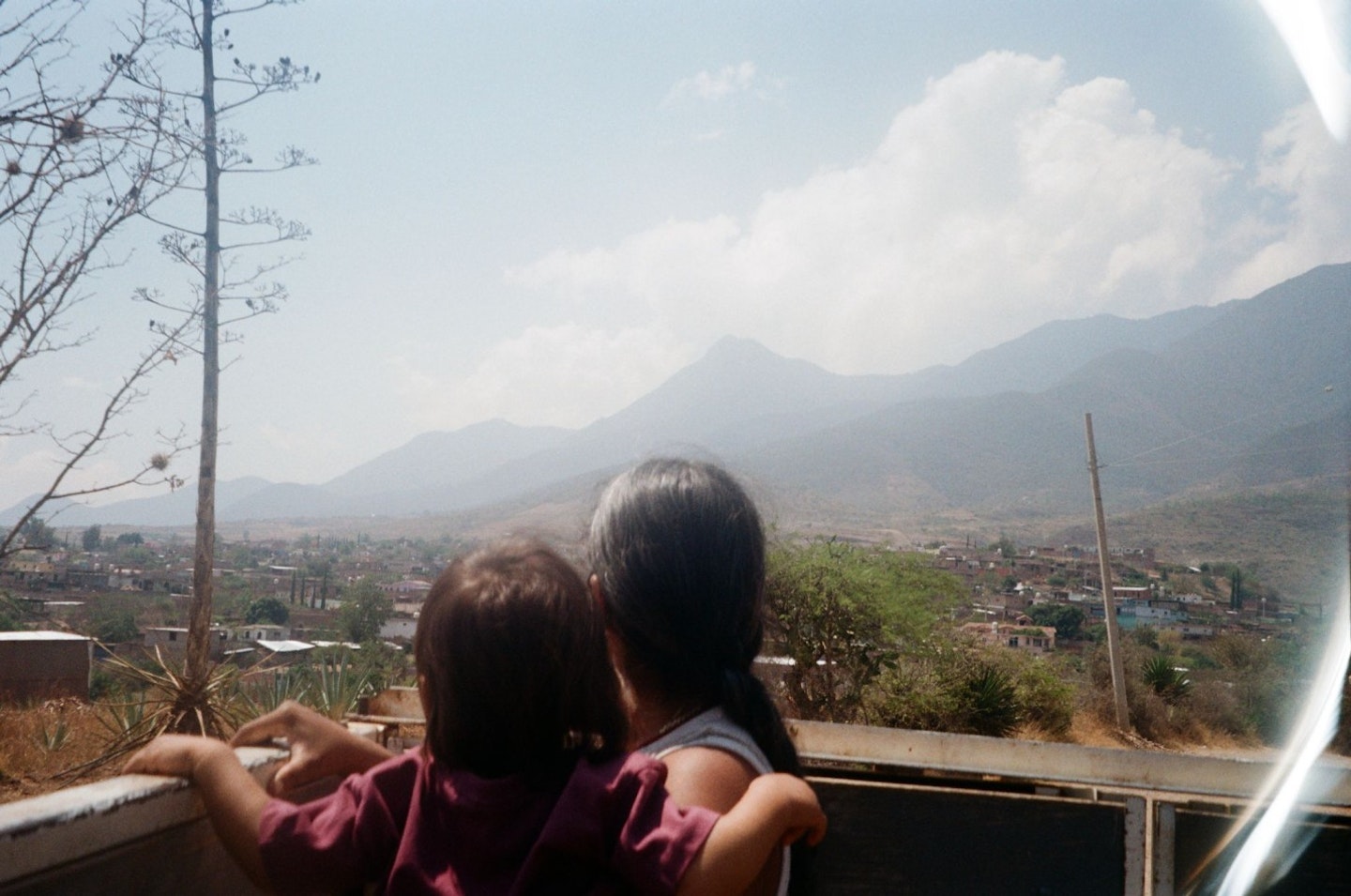
By VAWAA guest, Line Bille
During my stay in Oaxaca, I had the privilege of living with a family of Zapotec potters for five days. It was more than just a workshop in clay with Macrina, a master potter from the indigenous Zapotec lineage, it was an invitation into her world, into the heartbeat of a tradition carried through generations.
Around the Kitchen Table
Much of our time together unfolded around the large wooden table. The scent of woodsmoke lingered as fresh tortillas, still warm from the fire, were set down beside bowls of salsa, guacamole, and chili.
I often sat next to the grandmother, a warm and giggly 80-ish years old woman, who spoke Zapotec. We could not speak to one another in words, but our conversations were carried in smiles, nods, and quiet companionship. Between hours of shaping clay, one of the women would arrive with fresh melon or a cup of homemade rice cacao.
Macrina's sister making tortillas in the family kitchen. Photo by Line Bille.
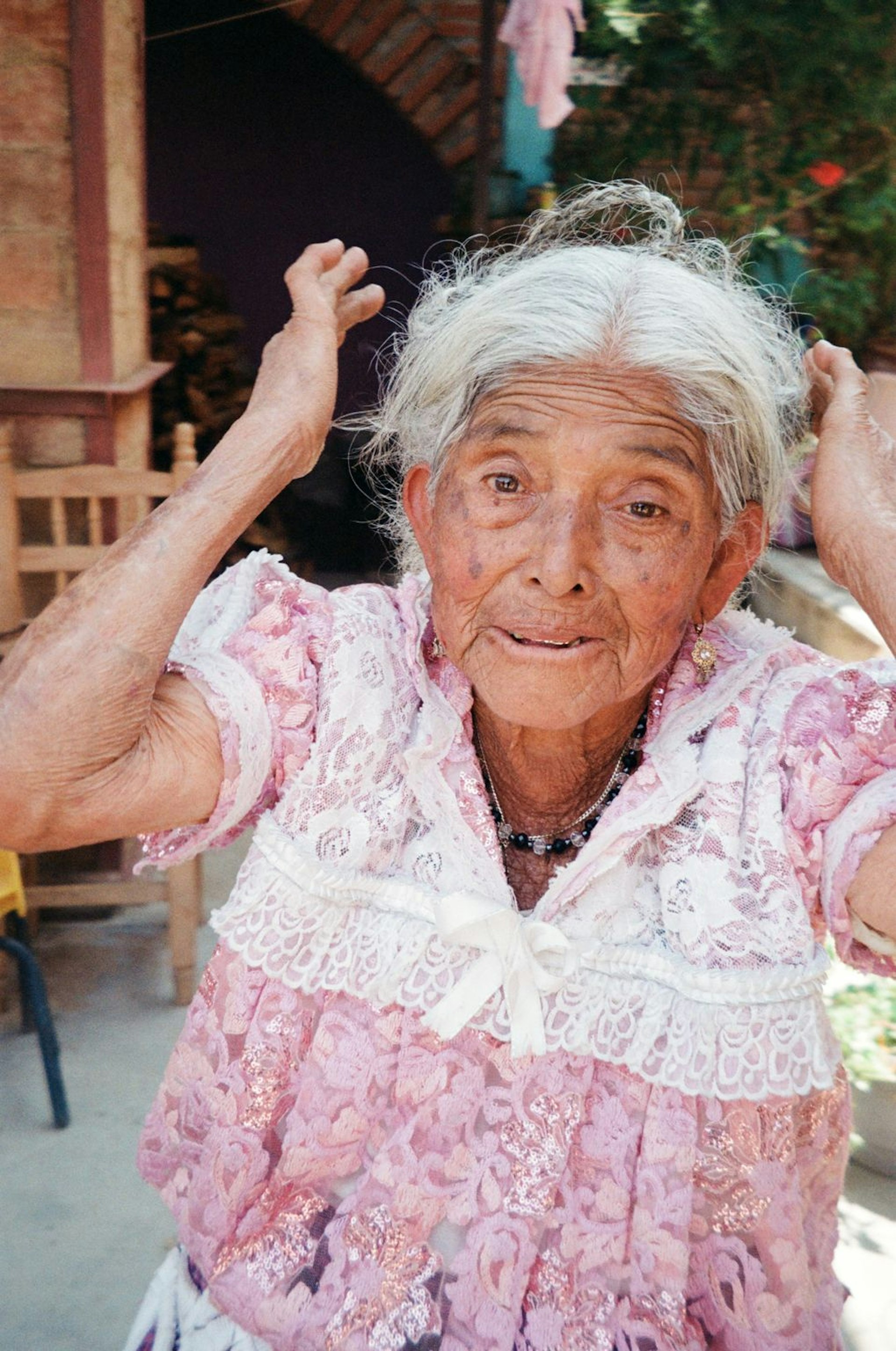
A Life Married to Clay
This was a household of many voices. The grandparents in their eighties lived with their five adult children, a few grandchildren, and even the grandfather’s three sisters, who had chosen a different path. They never married and never had children. “We married the clay,” they told me with a proud smile. For them, this was not a loss, but a deep commitment. A choice to devote themselves fully to their craft, to embrace freedom, and to shape lives on their own terms.
I admired their courage, their clarity, and the independence it revealed. To me, it felt less like a sacrifice and more like a bold declaration of self: a life built around passion, art, and authenticity.
Moments from daily life. Photo by Line Bille.
Me learning the firing process with Macrina, a true master of the craft. Photo by Line Bille.
Braids Woven with History
What struck me most was the resilience and independence of the women, and nowhere was this expressed more clearly than in their hair. Every morning they rose before dawn, worked long hours with clay, and yet their hair was always beautifully braided. Two long plaits intertwined with silk ribbons that matched their traditional dress, worn with pride. This ritual was not vanity, it was heritage. A visible thread connecting them to their ancestors.
Macrina shares her braiding tradition with me. Photo by Line Bille.
Macrina, one of the daughters - and my teacher during the ceramics VAWAA - showed me how she braids her hair each morning. Through my camera lens I could see her independence expressed in the careful way she wove silk into her braids. They even braided my hair and dressed me in one of their garments. An act that felt like an invitation into their culture, as if to say: carry this pride with us. For them, hair was not just adornment, but a living story and a daily act of identity and continuity.
Macrina herself is extraordinary. It is thanks to her that the family’s ceramics have reached the world stage, even exhibited at MoMA in New York. Like her aunts, she has chosen a life deeply devoted to her art. Rather than being defined by marriage or children, she carries her identity through her craft and through the community that surrounds her. In both the village of San Marcos Tlapazola and in Oaxaca City, people know her name and seek her out. Though her days are full, she made time to listen and to teach me not just the techniques of clay, but the deeper meaning woven into their traditions.
One morning she took me to church, where I felt her presence in the community: everyone seemed to know her. And on my final day, when my husband and one year old son joined me, she led us into the mountains to show us where the red clay is dug. This clay, unique to San Marcos Tlapazola, is the reason their ceramics are so sought after.
Macrina – on a journey to dig red clay. Photo by Line Bille.
Carrying Traditions
As I left Oaxaca, I found myself thinking about the ways we all carry history. My days with them reminded me that tradition is not something frozen in the past, but something alive, shared, and carried forward with every braid and every hand shaping clay. Their ceramics are not just objects, they are vessels of memory and identity.
It made me wonder: what traditions do we each carry, quietly and perhaps without noticing, in our daily lives? And how might we honor them, not as something belonging only to the past, but as something alive, shaping who we are today?
Macrina's sisters. Photo by Line Bille.
Written by Line Bille.
Learn about Macrina and her mini-apprenticeship here.
Explore all our curated artist apprenticeships worldwide and book one today.
Subscribe to our weekly newsletter to stay inspired with new artist stories and creative apprenticeships.
